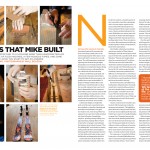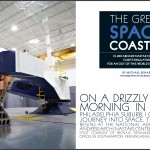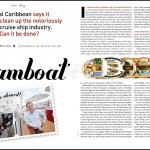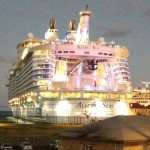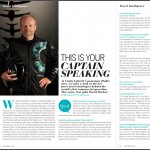 This is Your Captain Speaking Download PDF
This is Your Captain Speaking Download PDF
As Virgin Galactic’s passenger flights near, we take a look at the key faces and technologies behind the world’s first commercial spaceline.
When he wants to relax, David Mackay, 55, flies an Extra 300L, a performance aerobatic aircraft, doing vertical rolls and knife-edge spins. This helps him stay sharp at his day job: chief pilot for Virgin Galactic. At the moment, Mackay is flight-testing WhiteKnightTwo and SpaceShipTwo—the mother ship that will shuttle tourists to 47,000 feet, and the rocket plane that will decouple there and blast into sub-orbital space—and is scheduled to begin flying tourists to space next year. The Scotland native made his first flight in 1977. “I did it with the University Air Squadron, which gave students experience with the armed forces,” he recalls. After graduating, Mackay joined the Royal Air Force (RAF), flying a Hawker Harrier GR3, a fighter known for its unique ability to take off and land vertically. “I always wanted to be a test pilot,” he says. “So as soon as I had sufficient experience, I applied to test pilot school.” He remained in the RAF as a test pilot until 1995, when he left to fly for Virgin Atlantic, and then, in 2009, joined Virgin Galactic to become the world’s first commercial spacecraft pilot. Continue reading

 Welcome to my new website, which went live at 3:10 PM MST on January 2, 2013. I’m a month-plus late in getting up this post. Sorry. My old site had been virtually unchanged (except for article updates) since it launched sometime in 2001, which speaks to the mad skills of its designer, a former
Welcome to my new website, which went live at 3:10 PM MST on January 2, 2013. I’m a month-plus late in getting up this post. Sorry. My old site had been virtually unchanged (except for article updates) since it launched sometime in 2001, which speaks to the mad skills of its designer, a former 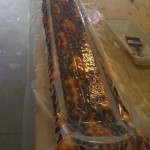 At some point during the production cycle of
At some point during the production cycle of 